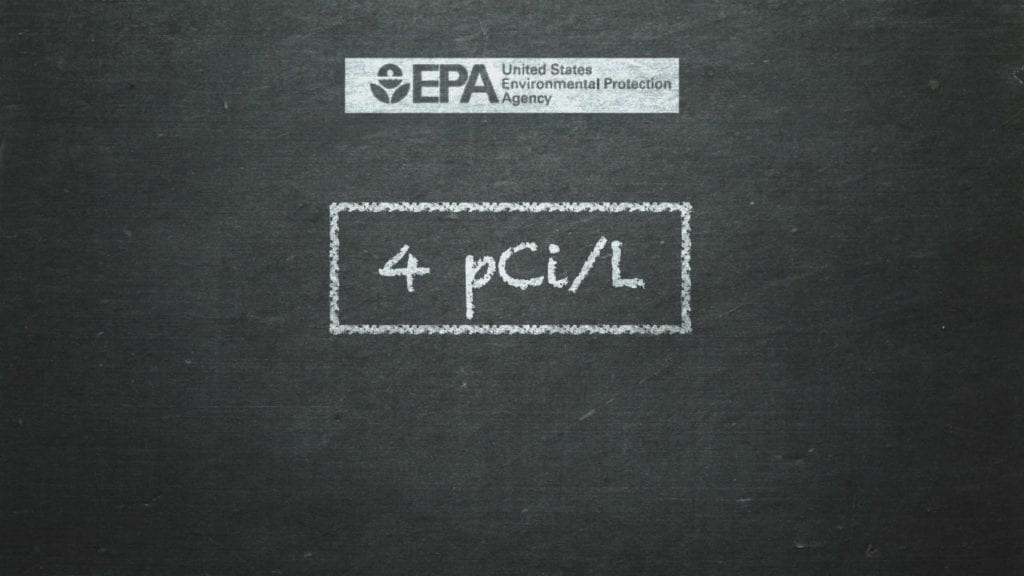According to the Environmental Protection Agency, Colorado homes, businesses and schools are at-risk for having elevated levels of Radon.
Many people may be exposed to the cancerous gas and not even know it.
Unlike Carbon Monoxide which can kill someone in a short amount of time, the impact from exposure to Radon isn’t immediately seen. However, long term exposure to the carcinogen has been linked to lung cancer.
Every winter, state and county health departments push for people to test for Radon.
Chances are when you buy or sell a home, a Radon test is included during the home inspection process.
However, when it comes to testing schools and businesses, we uncovered there’s not a lot of regulation on the state or federal level.
Approximately 21,000 people die each year from lung cancer linked to Radon exposure.
“Certainly any place that you spend a significant amount (of time) indoors is worth potentially knowing if there is a Radon risk there,” El Paso County Environmental Health Program Manager Marla Luckey said.
Radon is a colorless, odorless radioactive gas that naturally rests in the soil.
The gas can escape and enter homes, schools and businesses through foundation cracks or loose piping.
RELATED: Web extra: Free Radon testing kits
“I think it’s important that people understand while they often know that smoking is attributed to lung cancer, for non-smokers, this is a significant risk,” Luckey said. “This is the second leading cause of lung cancer if you’ve never smoked in your life.”
The EPA recommends Radon levels test below 4 pCi/L, but Radon testing experts like Doug Kladder will tell you there’s no safe level of exposure.
“The 4 pCi/L guidance by the EPA is a number the EPA recommends people not to be exposed to on a long term basis,” Kladder, the director for the Center for Environmental Research & Technology, Inc. said. “That does not mean that there is not a risk level below 4 pCi/L.”
The good news is that Radon can be easily removed with mitigation systems or adjusting ventilation to allow more outside air flow indoors.
El Paso County Health officials encourage you to test for Radon if you haven’t done so in the last couple of years.
“We want people to know that Radon is widely dispersed throughout the County,” Luckey said. “Your neighbor may have a high test result and your home may not but the only way to know if your home is exposed is to test.”
It’s recommended that homes, schools and businesses test every 5 years, but the frequency of testing is simply a recommendation.
Schools and day cares are required by law to initially test their buildings for Radon, but News 5 Investigates found some schools haven’t done so in decades. Part 2 of our investigation can be found here.





